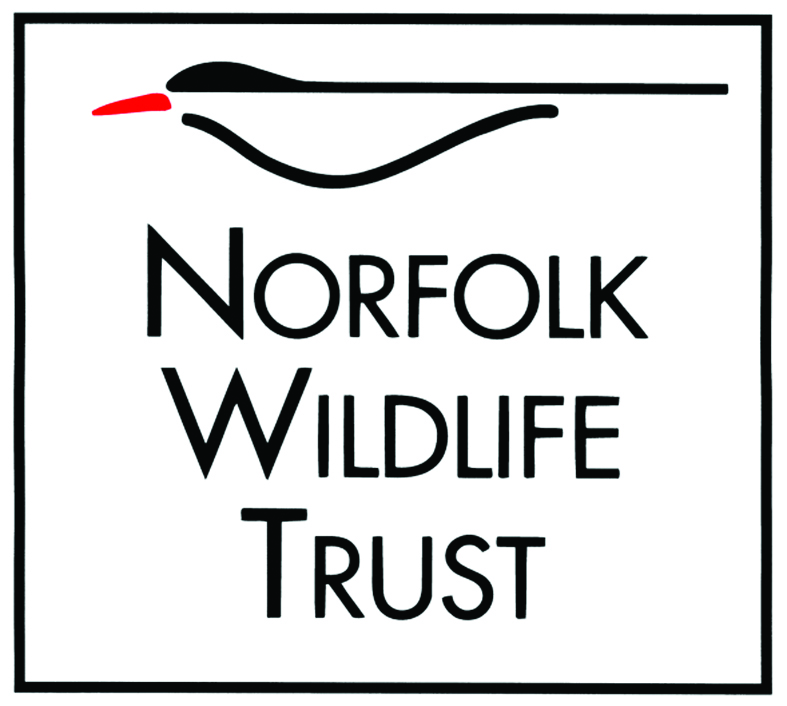
Cley visitor centre green roof (credit Richard Osbourne)
Best practices and key opportunities
We have included a list below to highlight best practice and key opportunities for use in Neighbourhood Plans, to help restore the natural environment at a local level (the list is not exhaustive). These can be incorporated into policies or community action projects as appropriate.
- The addition of green roofs and/or green walls to new buildings.
- Install natural green screens where suitable (foliage grown around a framework to protect an area, for example, from nearby road pollution).
- Plant 2-3 trees to replace every tree that is removed. (Not suitable for ancient woodland or veteran trees as these are irreplaceable.) The right tree should be planted in the right place so that the benefits from trees are long lasting.
- Creating new habitat, for example, woodland, wetland, orchards, wildflower meadows, hedgerows, ponds etc. An example would be gapping up hedgerows to improve bats commuting routes and enhance green corridors.
- Implement ‘buffer zones’ around sensitive/important wildlife sites.
- Ensure that new developments include Sustainable Urban Drainage Systems (SuDS), including features particularly beneficial for wildlife.
- Using native plants in landscaping schemes, sowing wild flower strips in public places, introducing vegetation to streets.
- Incorporating swift boxes or bat boxes into the design of new development.
- Encourage hedgehog/small animal highways with permeable boundaries.
- Identify areas of importance for special protection through a ‘Local Green Space’ designation. Can these areas be enhanced?
- Create/enhance the provision of a network of green walking and cycling routes which will help to reduce carbon emissions, support nature’s recovery, increase biodiversity, provide habitats for wildlife, improve habitat connectivity and provide health benefits for people.
Other local Wildlife Trusts and organisations have produced Neighbourhood Plan advice and some of the advice in this document is directly sourced from these. Useful links for further information are provided below:
Leicestershire and Rutland WT Sussex WT
Gloucestershire WT The Wildlife Trust
